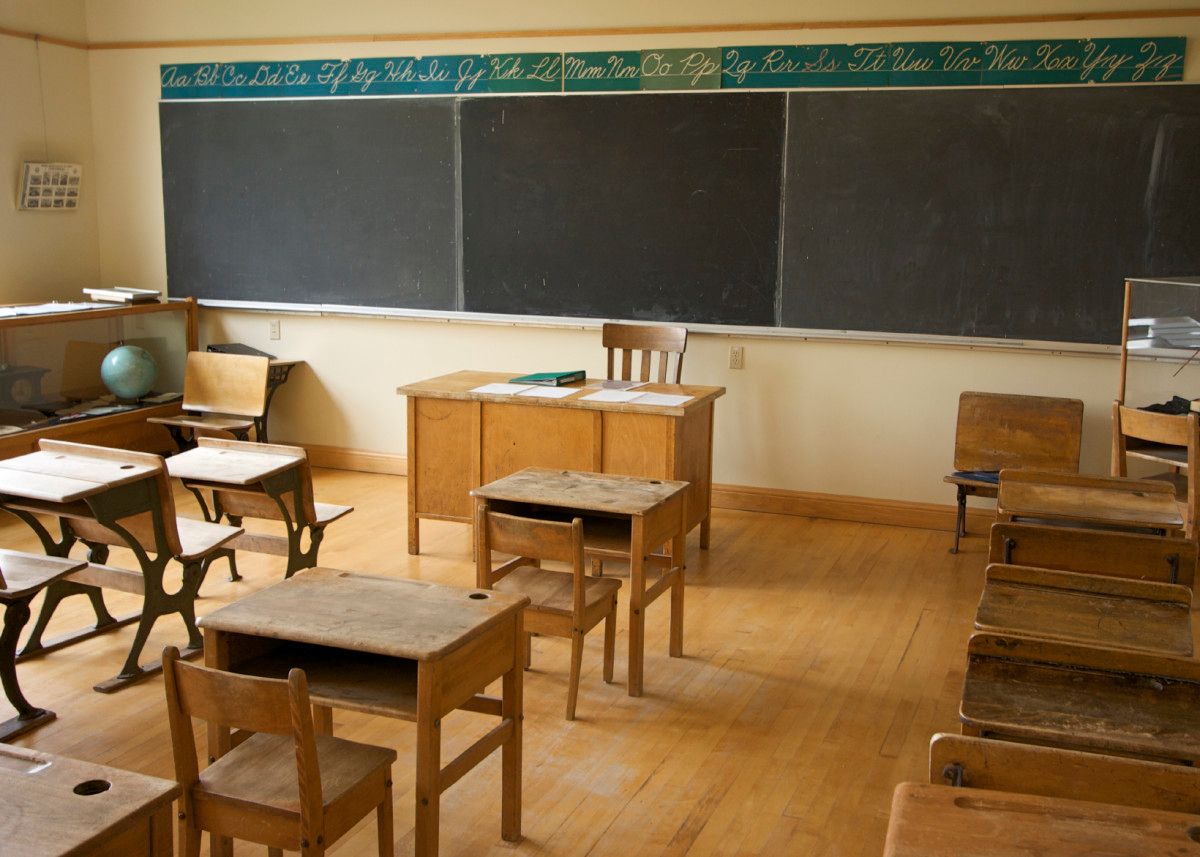Innovation in America: How Our Education System Hampers Creativity
I outlined it in a previous post: America has an innovation problem. Once regarded as a nation of innovators and entrepreneurial spirits, the United States are on track to fall behind nations like China and Japan on metrics like R&D spending and technology innovation. But the problems with innovatio

I outlined it in a previous post: America has an innovation problem. Once regarded as a nation of innovators and entrepreneurial spirits, the United States are on track to fall behind nations like China and Japan on metrics like R&D spending and technology innovation. But the problems with innovation in America begin much earlier, in our education system.
The Dangers of Standardized Tests
It’s an issue that affects the entire public education system, and has been in the news quite a bit recently: standardized testing. First instituted as a measure to hold individual schools accountable for their students' performance during the 1950s, these tests have long drawn the ire of critics who are worried about their impact on children's learning habits and development.
Education expert W. James Popham points out one particularly troubling side effect of standardized tests. In his landmark article “Why Standardized Tests Don't Measure Educational Quality,” he points out that
Standardized achievement tests often need to accomplish their measurement mission with a much smaller collection of test items than might otherwise be employed if testing time were not an issue. […] Frequently, such tests try to do their assessment job with only 40 to 50 items in a subject field—sometimes fewer.
In other words, it is simply impossible for a standardized test to cover the entirety of a subject at any level, be it math, English, or science. As a result, standardized tests get narrowed down to comply with a tight time frame.
And despite the fact that standardized tests can only realistically measure a narrow slice of a student’s overall learning, they’re used as the ultimate yardstick – which informs instruction, and consequently narrows it. Educators know how much their schools' budgets, and therefore their own salaries, depend on their students' performance on standardized tests, thanks to regulations like No Child Left Behind and, more recently, the Common Core and Race to the Top. As a result, they adjust their curricula to teach students precisely what they need to know to do well on a test.
With all this focus on testing, important, intangible skills that can't make it onto the test but are crucial for innovation – creative problem solving by finding your own solution to a math problem, drawing connections between disparate subjects and ideas – disappear from the curriculum. In his book The Case Against Standardized Testing, Alfie Kohl emphasizes the dangers of this disappearing act, noting that it leads to superficial thinking rather than deep learning.
Testing takes up all the educational oxygen, leaving no room for skills that turn students into creative innovators
Phil McKinney
Thinking Outside the Multiple Choice Bubble
Kohl's argument is relatively simple: by emphasizing standardized tests, we essentially tell students in their formative years that they should learn about state capitals, multiplication, and Abraham Lincoln not because they matter to our lives, but because they'll be on the test. After the test is done, they may as well forget about them again.
Naturally, learning for the sake of performing well on a test rather than learning for its own sake can have serious consequences for creativity and students' engagement in their own education. Testing takes up all the educational oxygen, leaving little room for the things that turn students into creative innovators: project-based learning, individual inquiry, and critical thinking skills.
Eight-year-olds who are told exactly how to multiply fractions may perform well on the next test, but will do much better throughout their lives when given time to come up with their own solution. But too often, this emphasis on creative problem solving is neglected for the sake of all-important standardized tests, creating a generation of young professionals who can process information effectively, but do little to investigate ideas and think outside the box.
Reasons for Hope in Education
Last weekend, President Obama called for a reversal in the decades-long march toward more and more standardized testing. Admitting that his own policies have contributed to over-testing, the President is now urging schools to dedicate no more than 2 percent of classroom instruction time to testing.
This is just the first step in what will hopefully be a full reevaluation of our educational system, and it's heartening to see some bipartisan agreement on the issue. But the United States has a long way to go. It's helpful to look at some education success stories to envision where we could end up if we really got serious about making education matter to students.
Japanese classrooms, for example, place emphasis on social interaction and creative problem solving far beyond their American counterparts. In their study on Japanese classrooms, Stigler et al. discovered the following:
In Japanese lessons…problem solving comes first, followed by a time in which students reflect on the problem, share the solution methods they have generated, and jointly work to develop…Whereas students in the U.S. (…) must follow the teacher as he or she leads them through the solution of example problems, the Japanese student has a different job: to invent his or her own solution.
Finland, a nation renowned for its education system, takes a different approach to reach a similar conclusion. Aided by small school sizes, the country encourages teachers to take a “whatever it takes” approach toward helping individual students. Children who don't grasp the material at first do not get shortcuts to pass standardized tests, but instead receive personal tutelage from teachers to help them understand the material at its core.
In an American example, Sammamish High School, a public school near Seattle, is transforming its entire curriculum to be project-based, thanks to a Department of Education grant. Project-based learning has been shown to improve knowledge retention, as well as collaboration and problem-solving skills. Perhaps most importantly, it increases students' engagement in their own learning, because they are taking an active role in that learning rather than passively collecting knowledge in order to pass a high-stakes test.
Elementary and high school students should really be “learning how to learn” – figuring out what interests them and how to think critically about the world around them. Standardized tests encourage “brain dumps” more than that kind of holistic learning, which is so essential to creating innovators. We have scores of young professionals who are adept at following directions and processing information, but who simply don't know what to do with that information – and how to go beyond the surface to creatively apply it to solving problems, making connections, and coming up with new ideas.
As a nation, we're beginning to realize that to avoid falling behind other nations in our children's education and, ultimately, our innovative powers, our classrooms should look more like those in Japan and Finland and at Sammamish than testing centers for driver's licenses.
Stay tuned for the next post in this series on how to address Americas innovation problem.
Have any thoughts on the American education system? Contact me.
Phil McKinney Newsletter
Join the newsletter to receive the latest updates in your inbox.




